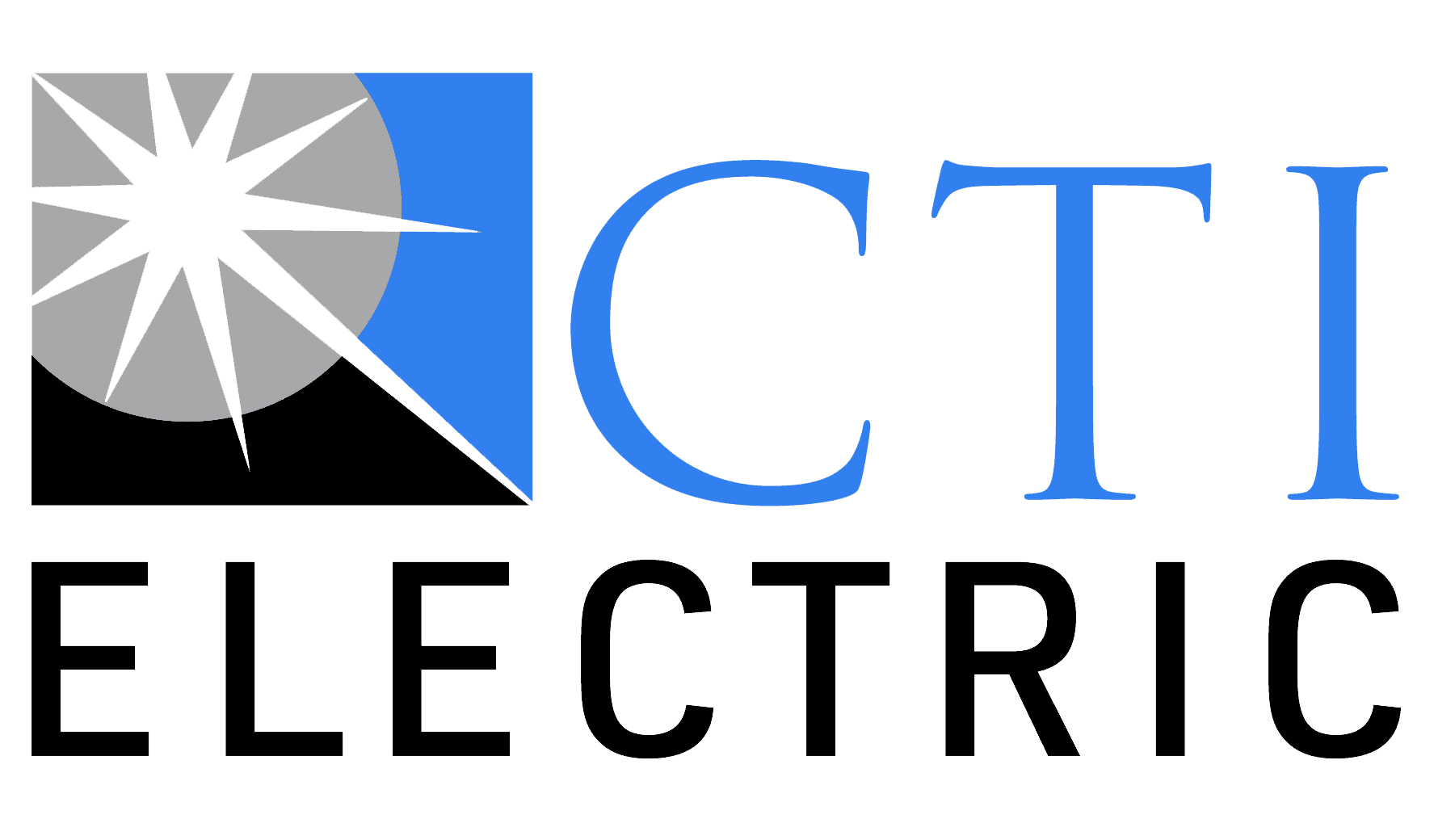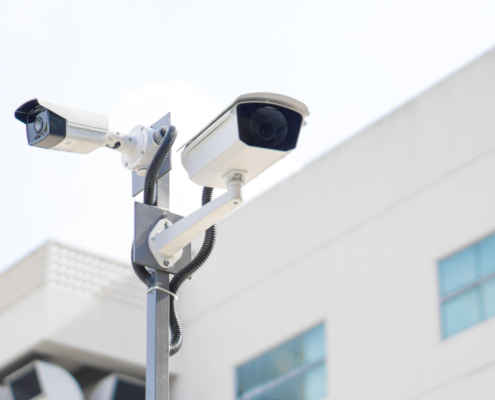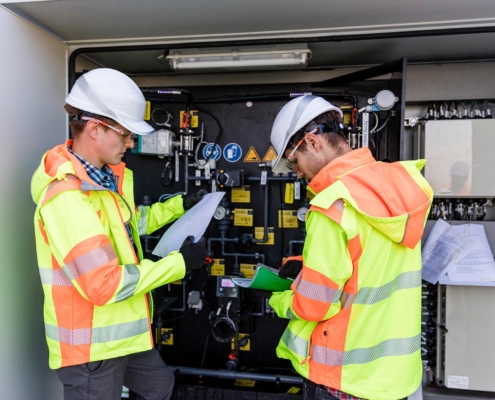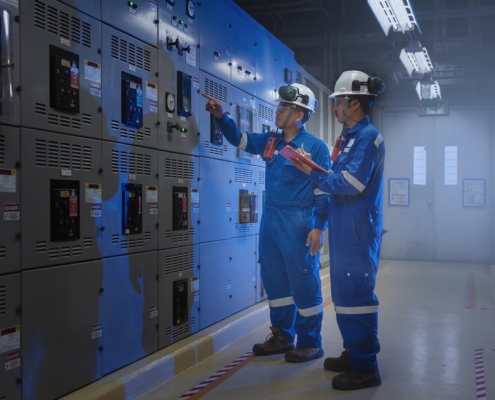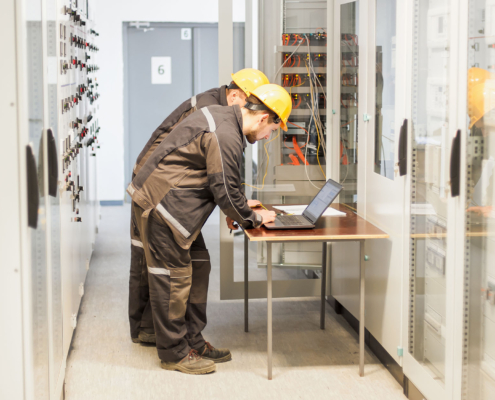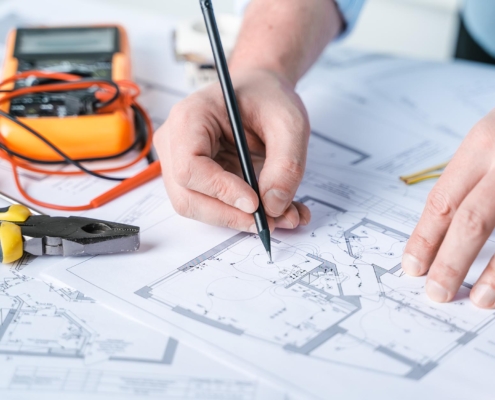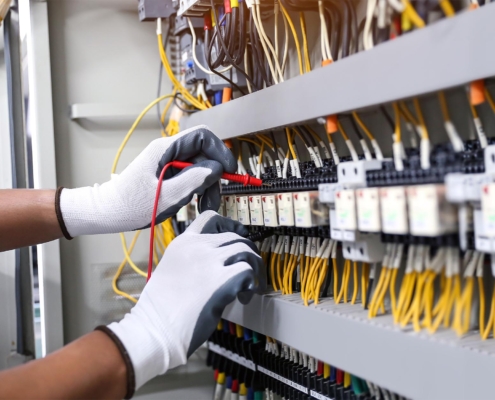According to the National Electrical Contractors Association (NECA), fixing an electrical deficiency after construction costs 3–5 times more than correcting during inspections. Finding and correcting electrical installation errors and code violations during inspections is exponentially more affordable than after construction ends.
Retroactive upgrades like rewiring, replacing panels or breakers, rerouting conduits, or reinstalling equipment after the walls are closed is labor intensive and costly. Inspections allow builders to fix issues when they simply require changing out a wire or adding an outlet before extensive remodeling is necessary.
Performing inspections during each phase of construction saves substantial amounts of time and money down the road. Building owners should always request thorough electrical inspections during new construction or renovations. Identifying and correcting problems along the way keeps occupants safe, avoids significant costs, and ensures compliance with legal standards.
